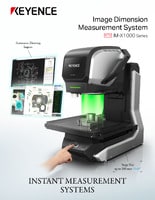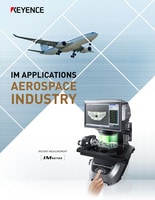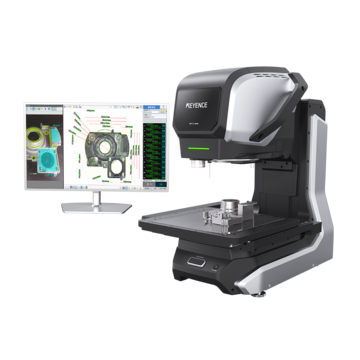Optical Comparator (Profile Projector)
Dimensional Inspection for Wire Forming
Discover wire forms, flat springs, stampings, and wire form springs. Learn about wire forming machines, including 3D wire forming machines and the versatile four slide technology. Find a variety of wire forms and springs for your specific needs.
What is Wire Forming?
Wire forming is a process of manipulating wires into a new shape by applying force. Commonly used metals are steel, copper, and aluminum because of their durability.
A great example of a wire forming process is the creation of springs. To make springs, wire forming machines use a tool and die to coil the wire. The tightness and overall result of the coil depends on the desired type of spring – torsion, tension, compression, and extension.
We’re here to provide you with more details.
Reach out today!

How Do 3D Wire Forming Machines Work?
3D wire forming machines use computer numerical control (CNC) to take wire from spooled coils or a blank length and bending it into specific forms. First, the metal is straightened to remove any kinks that would disrupt the wire’s functionality. Then, the wire goes through bending to shape the wire accordingly. After bending, the wire is cut.
How Does a Fourslide Machine Work?
Fourslide machine technology is a type of wiring form machine that uses four slides to conduct up to four machining methods at once. It follows the typical wiring forming process, but it is more cost-efficient because of the tooling options and ability to produce thick wires up to 3 inches wide.
We’re here to provide you with more details.
Reach out today!

Wire Form Examples: Springs
Torsion
Wire forming machines make torsion springs by tightly winding coils and leaving two ends sticking out. Torsional springs are connected to a mechanical component to hold it in place, store, and release energy.
These springs receive rotational force, which allows the spring to store the energy. As rotational force is increased, more energy is stored. Alternatively, as rotational force is lessened, the spring releases energy.
Torsional Spring Applications
- Door hinge
- Clocks
- Clothes pins
- Automotive valves
- Clutches
Compression
Wire forming machines design compression wires as a tool for force resistance. Unlike torsional or extension springs, this wire spring is not tightly bound.
Since the wire spring is not tightly bound, it compresses and retracts depending on the force added. When the pressure is applied to the spring, the wire spring compresses. Once the pressure is released, the spring rebounds back to its original state.
Compression Applications
- Automotive suspension
- Pens
- Mattress
- Printing press
- Stamping press
Extension
Wire forming machines tightly coil a wire with two hooks at each end to make extension wires. These wires operate in the opposite way that compression springs do. These wires start as tightly coiled and release with force. The force pulls the end hooks apart to stretch the wire coil for flexibility.
We’re here to provide you with more details.
Reach out today!

Other Wire Form Applications:
Other wire form applications include brackets, cable guides, kitchen tools such as whisks and spiders, and even the metal piece on binder clips. Wire forming is used in a myriad of different parts and industries, and figuring out how best to inspect these irregular forms can be tricky.
How to Inspect Wire Form Parts
To ensure wire formed parts meet quality standards, they must be inspected for defects. There are numerous methods for inspecting such parts, including a push/pull force gauge, visual checks, and dimensional inspection.
KEYENCE IM-X systems are a powerful tool for inspecting wire form parts. These systems use machine vision to automate the inspection process. KEYENCE IM-X systems are accurate, consistent, and fast with the capability to contactlessly measure wire forms like springs in just a few seconds. They can save manufacturers time and money by reducing the need for manual inspection.
Questions? Request a demo today to learn more about our products.
Discover more about this product.
Click here to book your demo.


![IM-X Series Case Study [Reducing Inspection Time]](/img/asset/AS_162515_L.jpg)



